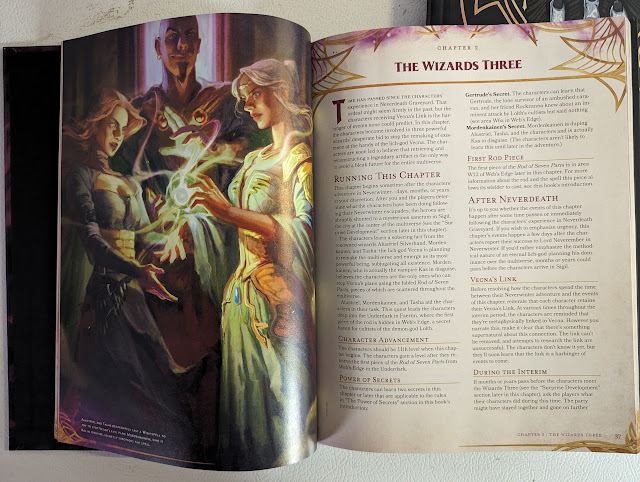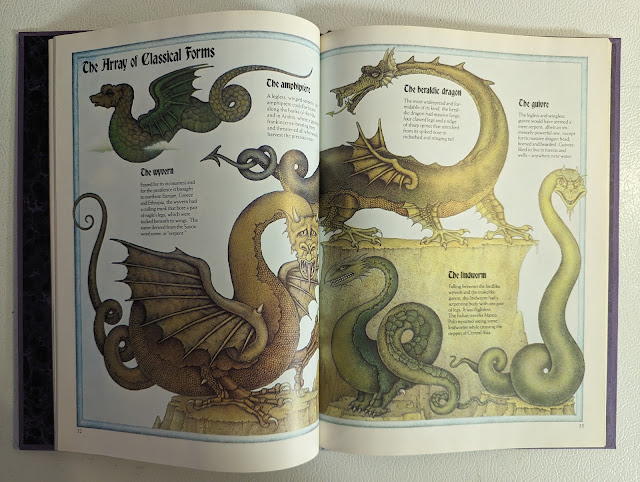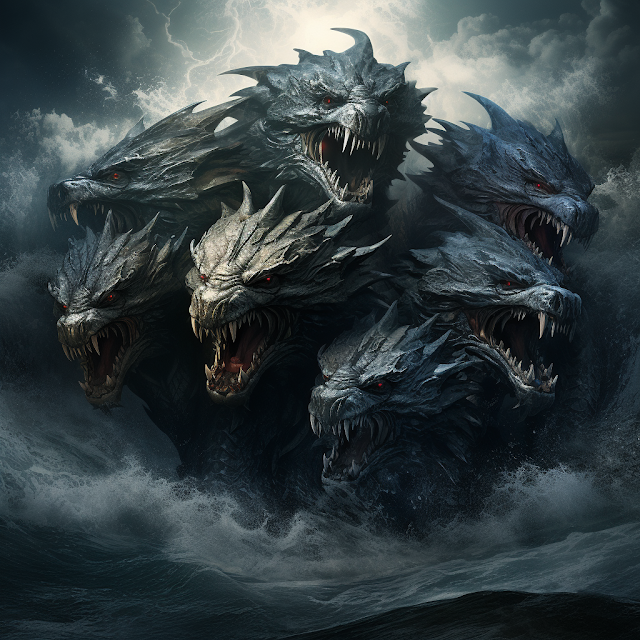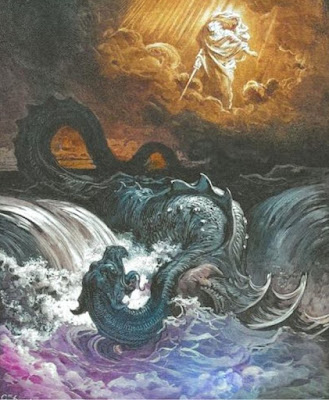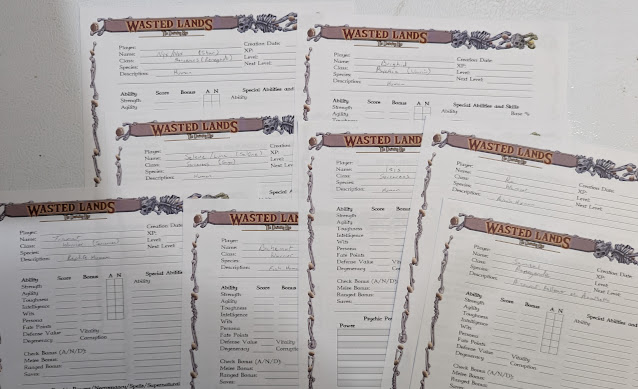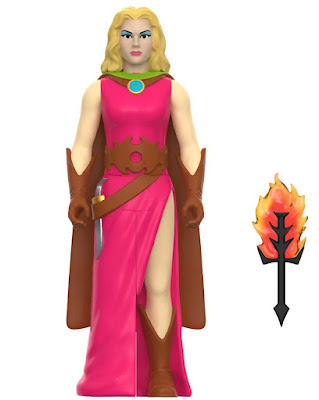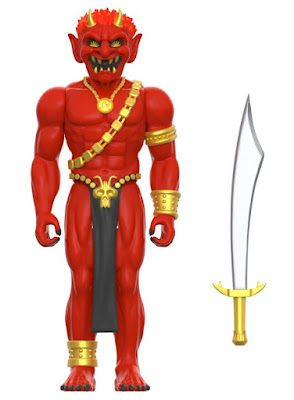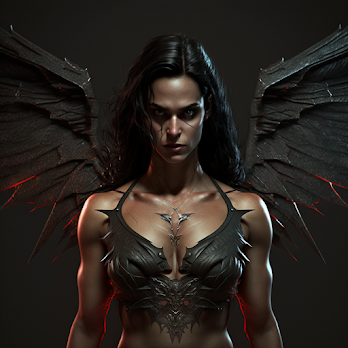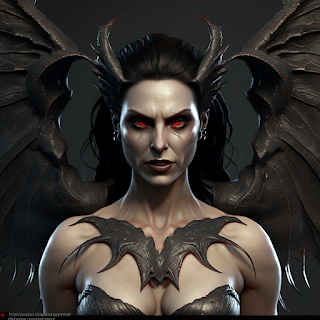One of the great bits of synchronicity of my education back in the late 70s early 80s was my discovery of two very different authors. The first was Erich von Däniken who had a lot of ideas that appealed to my young self, a self that was fed a steady diet of mythology, astronomy, UFOs, and new-age ideas. For me, at age 9 to 10, this seemed like great stuff. It all seemed to fit so well. Then I discovered the second author, Carl Sagan. I had seen the various episodes of "In Search Of..." and all the episodes of "Cosmos." So at age 10 there seemed to be a worldview that *could* include both. I mean, the fringes of science were the fringes, after all. Sagan told me that in black holes, the laws of physics break down. Maybe there were other places/things/times like this?
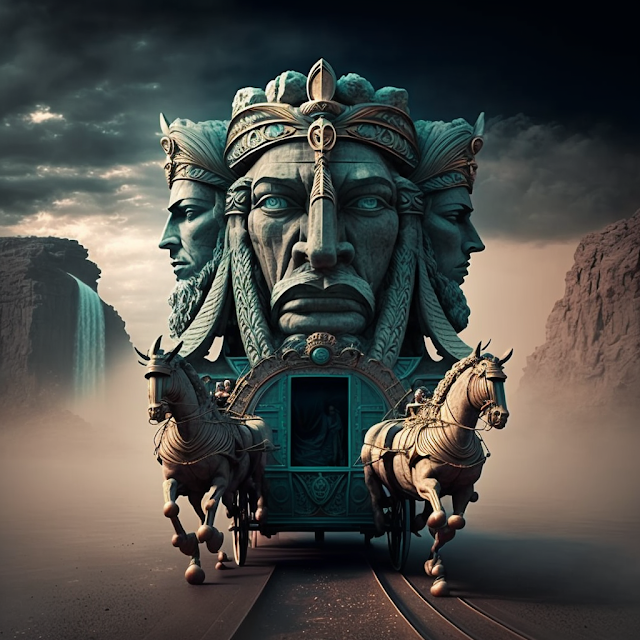 |
| "Chariot of the Gods" |
It is no stretch of the imagination that Carl Sagan and Cosmos utterly changed my life. I always had wanted to be an astronomer, and Sagan was the model I wanted to follow. Too bad I get to a point in Calculus where I stop understanding it. Thankfully it was enough to help me out in statistics.
And I read, with abject horror and then absolute delight, Sagan's masterful takedown of von Däniken (and Velikovsky). He so utterly destroyed everything von Däniken had said and claimed. The evidence and case were overwhelming for me; Erich von Däniken was a fraud, and Sagan was the true visionary. At the age of 10, I tossed out, mentally speaking, all the things that were spiritual or pseudoscientific. I relegated all my "magical thought" to my new obsession, D&D.
But I never really let the ideas go away. Even Sagan himself entertained the possibility of ancient aliens, but as always, he met it with his famous standard, "extraordinary claims require extraordinary evidence."
One of those ideas was about ancient aliens visiting Earth and being interpreted as gods or angels.
Von Däniken was not the only one to have these ideas. There was Zecharia Sitchin, who gave us, among other things, the 12th Planet and Nibiru. But the biggest one was Immanuel Velikovsky. There are more, but this is not a post on pseudohistory or pseudoscience. This is a post about gods. I'll try to recover from my self-inflicted irony wound here later.
The Aliens
I would like to reconstruct the "Ancient Alien" idea with some major changes. First, since this is a One Man's God post, these are not aliens but actual gods. I am going to present them as such. They can be "Alien Gods" to be sure, but these are Gods in the D&D/FRPG sense of the word.
I will do it, though in such a way as to leave enough doubt in the readers' minds. That "doubt" is really just my wiggle room so I can use them as "gods" in my various D&D campaigns or as aliens in my various modern games like NIGHT SHIFT.
I want to build something that feels like it came right out of the occult-infused 70s.
Given all of this, it should not be a huge surprise that I will be drawing on many of the same research and literature reviews I did for my April A to Z of Conspiracy Theories. I am going to include and draw on the following posts (many of which were originally written for an earlier version of this very post):
I would take a lot of this material and put them together as a group of gods. I have PLENTY of examples.
Case in point: The Norse Gods and the Nordics. Take the "alien race," the Nordics, for example. Called such because, well, they are tall and blond. In my take here, the aliens become the Norse Pantheon, essentially what you see in the Marvel Movies with the Asgardians.
Case in point 2: The entire plot behind the Stargate movie and TV series.
Mine will not be so neat and certainly not so benevolent as those.
Also, I want to avoid some well-documented racist tropes inherent in the Ancient Aliens as Gods theories. This can best be summarized as "white people couldn't figure it out, so therefore Aliens!" Even in the 70s, I saw this.
Union of the Snake
The academic work on this is known as the Ophiolatreia: Rites and Mysteries of Serpent Worship. This covers many religions and practices. But it also plays a little loose with the definition of "Serpent."
Let's try something simpler. There are 1000s of Gods, and there is no way I am going through all of them to find "interloper" gods or ones that don't quite fit with the rest. But I can start with the same resource I have been using this whole time, the Deities & Demigods.
I will work it this way. I'll take all the Gods in D&DG and find the ones that don't fit, and for the most part, I will focus on the reptilian or snake-like gods. I will add a couple more because they fit well with my ideas.
The Flock
Given the fixation on snakes and reptiles, there needs to be a good representation of those sorts of gods in this new pantheon. Also, many of these gods will be "sky" gods. While there are archetypes all gods fall into, I am not going to necessarily follow that here like I did in the Roman-Norse Pantheon.
While the people here are reasonably "Good" aligned, I can't say the same for the gods. In fact, I am going to have this pantheon of gods be primarily evil. Their design here is to enslave humans and make them build these giant temples for whatever reason. Conquest? Food? I'll see as I build them. The humans here are doing what they can to appease these powerful beings in the only ways they know how given their times and tools at hand. This is what makes the process more "Stargate" and less "Marvel's Thor."
So who are these people? This has to be Bronze Age or long before; the Neolithic sounds better. 5,000 BCE feels right. This also allows me to use some Proto-Indo-European notions of gods. Indeed I might even reconstruct my own versions of the PIE Gods, not unlike what I did with the Roman-Norse Pantheon. OR, and here is an idea, the PIE Gods existed, and these "Alien Gods" were the ones they warred with. This tracks with the common element in many PIE myths of the Hero/God slaying the Dragon/Serpent. Could the Dragon/Serpent be these Alien Gods? This is the Chaoskampf of many myths.
Remember, I am not putting together a Master's Thesis or Ph.D. Dissertation here. I am building something for the D&D, NIGHT SHIFT, and WASTED LANDS RPGs. I get to bend the rules of proper academic research as much as I like.
I will use these ideas to expand my monsters, Ophidians, and Saurians.
The Gods
Here are some gods that look like they fit my criteria of a snake/reptile/non-human god in a pantheon of human gods. Eastern religions, or, more to the point, non-European ones, have far more variety in their gods. Note: I am also going to get into the subject of Good vs. Evil here. Some, like Queztequotal (Aztec) and Shāhmārān (Turkey) are objectively good figures. Others are not.
While I will focus mostly on the myths as presented in the DDG, there are far, far more. I am going to avoid monsters for the most part, but some will sneak in. Though I will add more gods that I know as appropriate.
American Indian Mythos
Babylonian, Sumerian, and Akkadian Mythos
- Apsu
- Aži Dahāka / Dahak
- Inshushinak
- Ištaran
- Nirah
- Tiamat
- Tishpak
Celtic Mythos
Central American Mythos
- Kukulkan / Queztequotal
- Huhueteotl
- Tlaloc
Chinese Mythos
I talk a lot about Ma Yuan and Ma Yüan-shuai in my discussion of the Chinese myths, I think I might keep him "as is" for this.
Egyptian Mythos
- Apep
- Flame Snake (monster and enemy of the Gods)
- Mehen
- Nehebkau
- Set (to a degree)
- Syöjätär (a monster, but that is the closest thing they have)
Greek Mythos
- Enceladus
- Gorgons
- Hydra
- Ophion
- Ophiuchus
Indian Mythos
- Bhenswara
- Nagas
- And dozens more
Japanese Mythos
Norse Mythos
This could be a pantheon all on its own. Several of these have their own "portfolios." And there are so many more.
While I am considering this as something to use with NIGHT SHIFT as "Ancient Aliens." In the WASTED LANDS, they could be heroes (still aliens of a sort) that become gods. Though in at least one case, Jormungandr is another name for Yig.
I could revisit these as part of my Deities & Demigods II since this might be my last Syncretism post for a bit while I spend some more time on my Deities & Demigods II ones.
One Man's God Special: Syncretism





